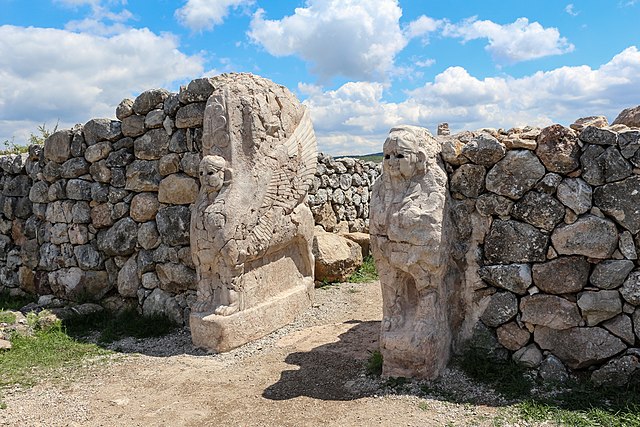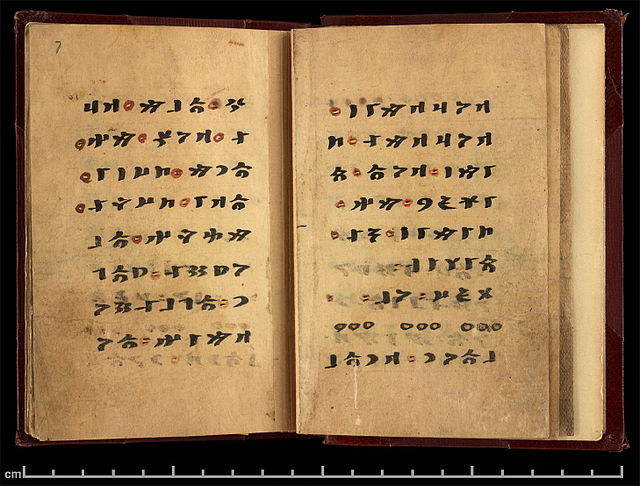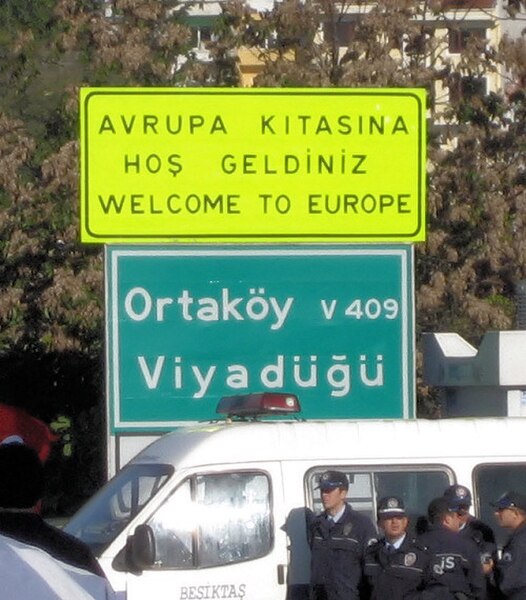Anatolia, also known as Asia Minor, is a large peninsula located in West Asia and a region of Turkey, constituting most of its contemporary territory. Geographically, the Anatolian region is bounded by the Mediterranean Sea to the south, the Aegean Sea to the west, the Turkish Straits to the north-west, and the Black Sea to the north. The eastern and southeastern boundary is either the southeastern and eastern borders of Turkey, or an imprecise line from the Gulf of Iskenderun to the Black Sea. Topographically, the Sea of Marmara connects the Black Sea with the Aegean Sea through the Bosporus strait and the Dardanelles strait, and separates Anatolia from Thrace in the Balkan peninsula of Southeastern Europe.
The henges in Göbekli Tepe were erected as far back as 9600 BC.
The Sphinx Gate in Hattusa
The Theatre at Halicarnassus (modern Bodrum) was built in the 4th century BC by Mausolus, the Persian satrap (governor) of Caria. The Mausoleum at Halicarnassus was one of the Seven Wonders of the Ancient World.
The Library of Celsus in Ephesus was built by the Romans in 114–117. The Temple of Artemis in Ephesus, built by king Croesus of Lydia in the 6th century BC, was one of the Seven Wonders of the Ancient World.
Turkish is the most widely spoken of the Turkic languages, with around 90 to 100 million speakers. It is the national language of Turkey and Northern Cyprus. Significant smaller groups of Turkish speakers also exist in Germany, Austria, Bulgaria, North Macedonia, Greece, Cyprus, other parts of Europe, the South Caucasus, and some parts of Central Asia, Iraq, and Syria. Turkish is the 18th most spoken language in the world.
The 9th-century Irk Bitig or "Book of Divination"
The 15th century Book of Dede Korkut
An advertisement by the IKEA branch in Berlin written in the German and Turkish languages.
Road sign at the European end of the Bosphorus Bridge in Istanbul. (Photo taken during the 28th Istanbul Marathon in 2006)








